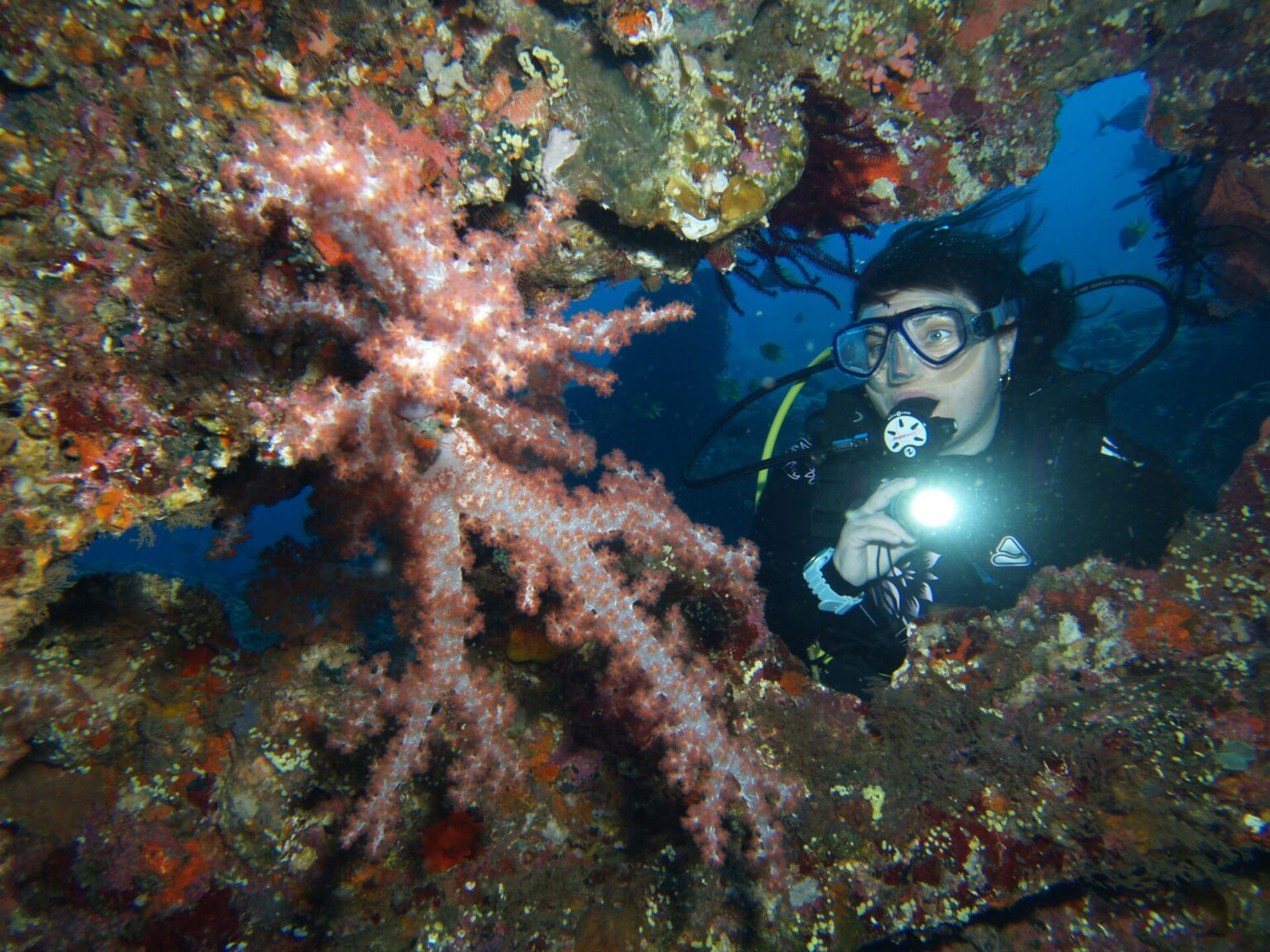Scientists at Cranfield University were part of an international team of ecologists and archaeologists researching how shipwrecks impact the surrounding underwater ecosystems.
Their research – published in BioScience journal – reveals how shipwrecks provide a unique chance to understand complex ecological processes. Large sailing vessels to small dinghies or rafts, wrecked vessels create artificial structures and materials that stand out from the surrounding ecosystem, the study says.
It leads to shipwrecks becoming homes for a wide variety of organisms, from tiny microbes to large marine creatures, offering valuable ecological resources.
Micro-organisms, algae, and invertebrates like corals and sponges thrive on submerged debris, while small fish find shelter in the crevices of sunken material.
Larger baitfish and predators use shipwrecks as feeding grounds and rest stops during their journeys. While shipwrecks act as biodiversity hotspots, they can also harbour invasive species that can negatively impact the surrounding ecosystem.
Dr Peter Campbell from the Cranfield Forensic Institute said: “Our research examines the fascinating world of shipwrecks, revealing how underwater heritage serve as dynamic ecosystems.
“Shipwrecks stand as poignant reminders of the intricate relationship between human culture and the natural world. From micro-organisms to large predators and marine mammals, they support a thriving habitat that enriches biodiversity in ways we are only beginning to comprehend.”
There are an estimated three million shipwrecks scattered across the ocean floor, rivers, and lake beds which have been reclaimed by aquatic life. Such relics are classified as ‘Underwater Cultural Heritage' by UNESCO, as they represent tangible remains of past human behaviour and cultural heritage.
While shipwrecks are recognised as cultural resources, they are also ecological treasures because of the homes they create for underwater life.
The research saw Cranfield scientists work alongside experts from the United States’ National Oceanic and Atmospheric Administration (NOAA) and the Bureau of Ocean Energy Management, the University of Southern Mississippi, Ulster University, University of Edinburgh, and the Woods Hole Oceanographic Institute in Massachusetts.








